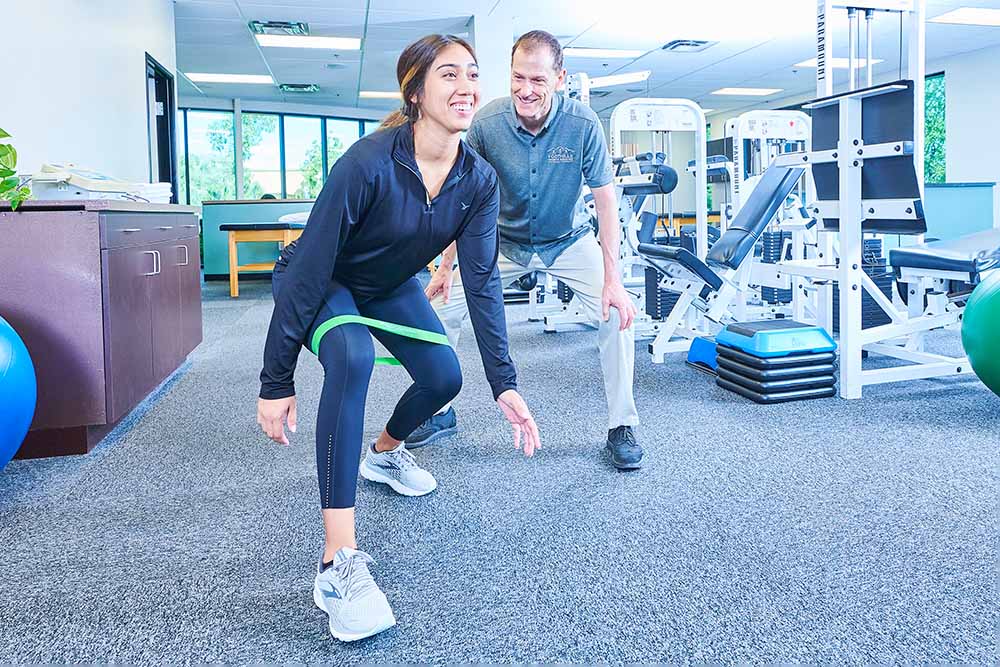Rebuilding Durability and Functionality Through Strength Exercise Following an Injury
Wiki Article
Restoring resilience and functionality after an accident is an essential process that many people face. Accidents can occur in multiple ways, such as athletic accidents, falls, or even continuous strain from daily activities. When someone is hurt, it can lead to bodily restrictions, psychological challenges, and a decline in overall quality of life. Strength training is a crucial tool that can help people heal from accidents by improving muscle strength, boosting mobility, and restoring confidence. This article will explore how strength training can aid in the rehabilitation journey and promote long-term wellness.
Strength training includes exercises that enhance muscle power and endurance. After an accident, it is crucial to start with a recovery program that is tailored to the person's specific needs. A rehabilitation therapist or a certified trainer can create a program that focuses on the affected area while making sure that the rest of the body stays active. This approach helps to avoid muscle atrophy, which is the deterioration of muscles due to inactivity. By slowly increasing the difficulty and complexity of the exercises, people can rebuild their power and regain functionality in a secure manner.
One of the key advantages of resistance training after an injury is the enhancement in joint support. Many accidents can lead to reduced muscles around the joints, making them more vulnerable to further damage. Strengthening these muscles helps to support the joints, lowering the risk of further injury. Additionally, more powerful muscles can improve balance and agility, which are essential for everyday activities. As people advance in their resistance training, they often discover that they can execute tasks that were once challenging or unachievable, leading to a higher sense of self-sufficiency.
Another crucial factor of resistance training find here is its beneficial effect on mental health. Healing from an injury can be a frustrating and emotionally challenging experience. Participating in resistance training can offer a sense of achievement and boost self-esteem. As people see gains in their bodily abilities, they may also experience a reduction in anxiety and stress. The release of endorphins during exercise can enhance mood and promote a more positive outlook on recovery. This psychological resilience is just as important as bodily recovery, as it encourages people to remain dedicated to their rehabilitation goals.
In summary, resistance training plays a vital role in rebuilding resilience and capability after an accident. By concentrating on muscle power, joint support, and mental well-being, people can effectively manage the rehabilitation process. It is essential to approach resistance training with a systematic plan that considers the specific requirements of the injured area while promoting overall health. With commitment and the appropriate support, individuals can regain their power, enhance their standard of life, and return to the activities they love.
